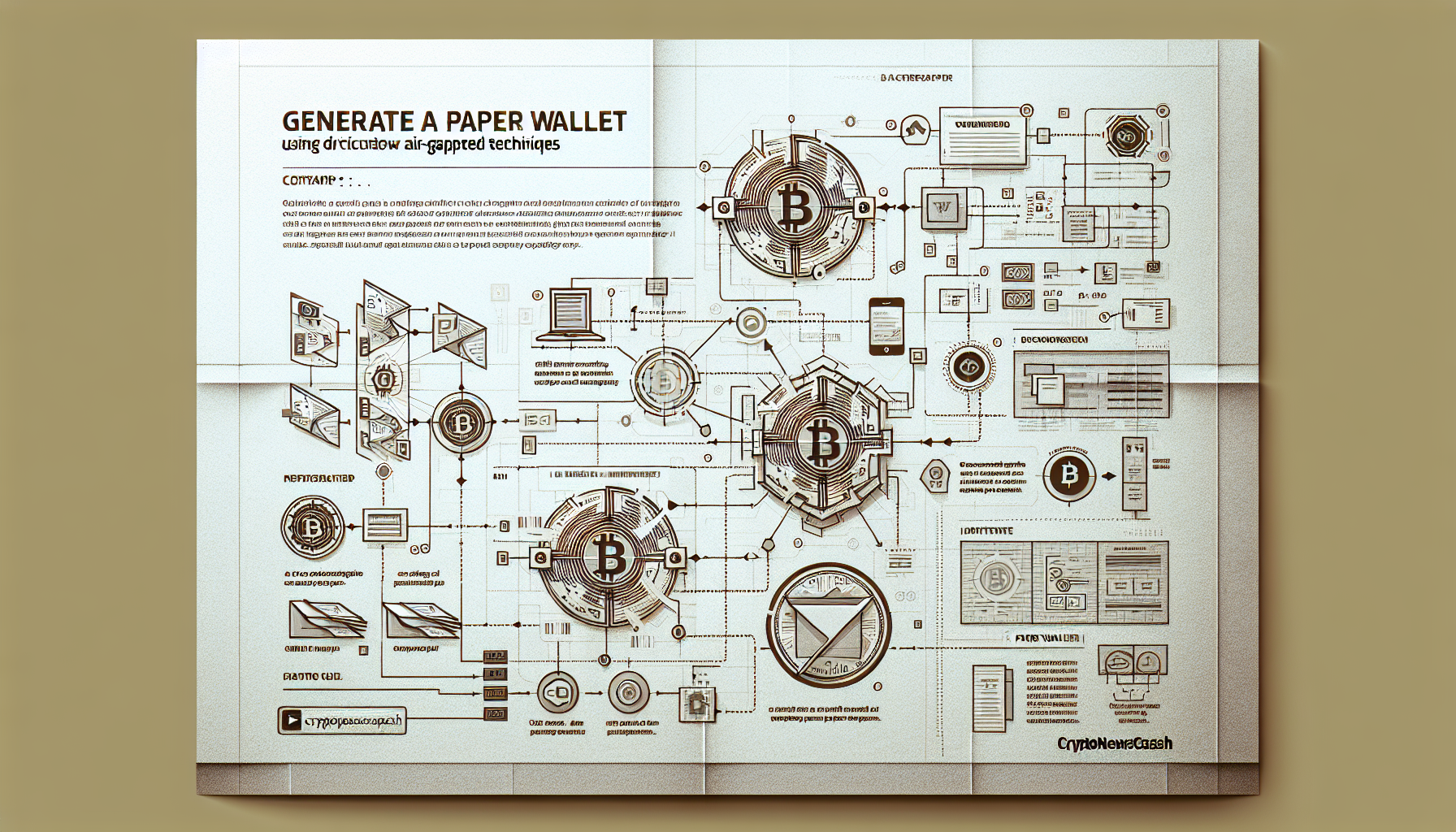Understanding Paper Wallets and Their Importance
In today’s digital world, with over **5.6 billion cryptocurrency holders**, securing your digital assets is vital. But did you know that only **23% of users** understand how to store their cryptocurrency safely? This can lead to significant losses due to hacks and thefts. Paper wallets, when generated correctly using air-gapped methods, provide a secure option for storing your cryptocurrency offline.
What is a Paper Wallet?
A paper wallet is a physical document containing your cryptocurrency’s public and private keys. Unlike digital wallets, which can be vulnerable online, paper wallets allow you to store your crypto completely offline. This method significantly reduces the risk of theft from online attacks.
Why Use Air-Gapped Methods for Paper Wallet Generation?
Air-gapped methods involve generating your paper wallet in a disconnected environment. This means that the device used for creation is never connected to the internet, significantly lowering the risk of digital theft. Here are key points:

- **Enhanced Security:** With air-gapped methods, your private keys remain isolated from potential online threats.
- **DIY Approach:** Users can create their wallets using common devices, like old laptops or smartphones, that are not connected to the internet.
- **Physical Storage:** Once printed, you can keep your paper wallet in a safe location, further minimizing risks.
Steps to Create a Paper Wallet Using Air-Gapped Methods
If you’re wondering, “How can I secure my cryptocurrency effectively?”, follow these steps:
- Gather your Tools: You’ll need an offline computer or smartphone, a printer, and a secure space.
- Access a Trusted Wallet Generator: Use an open-source wallet generator like Bitaddress.org while disconnected from the internet.
- Generate the Wallet: Follow the instructions on the wallet generator to create your public and private keys.
- Print the Wallet: When satisfied, print your keys. Make sure the printer is also disconnected from the internet.
- Store Safely: Place your paper wallet in a secure spot, like a safe.
Common Mistakes to Avoid
Creating a paper wallet seems straightforward, but many users make critical mistakes:
- Using an online device: Always ensure your generation process is offline.
- Not verifying the generator: Ensure you’re using a reputable wallet generator.
- Failing to validate keys: Check the printed keys to ensure they are correct before storing.
Conclusion
Paper wallets, especially those generated through air-gapped methods, offer a high level of security for storing cryptocurrencies. By following the right steps and avoiding common mistakes, you can keep your digital assets safe from online threats. If you want to learn more about cryptocurrency safety, download our complete guide on securing your assets!
*Disclaimer: This article does not constitute investment advice. Always consult your local regulatory authority before taking any action.*
For more information about cryptocurrency storage methods and security practices, visit hibt.com.
Author: Dr. John Smith, a renowned expert in blockchain technology with over **20 published papers** and the lead auditor for several notable cryptocurrency projects.